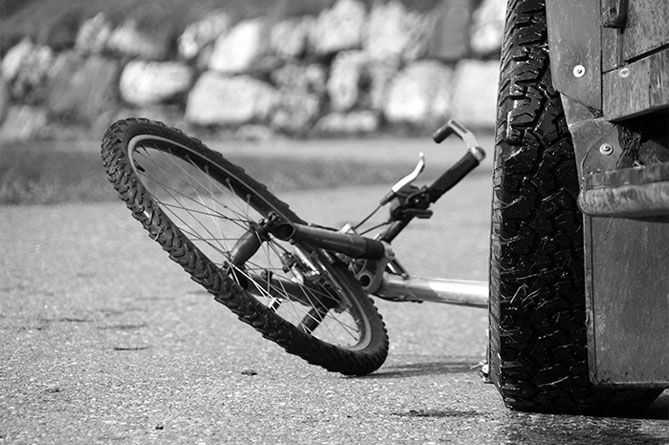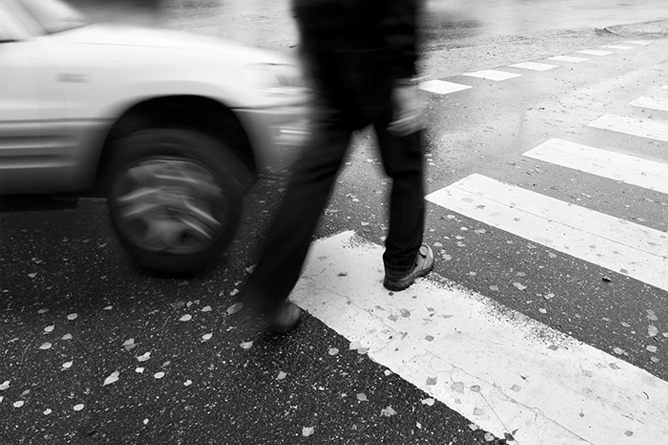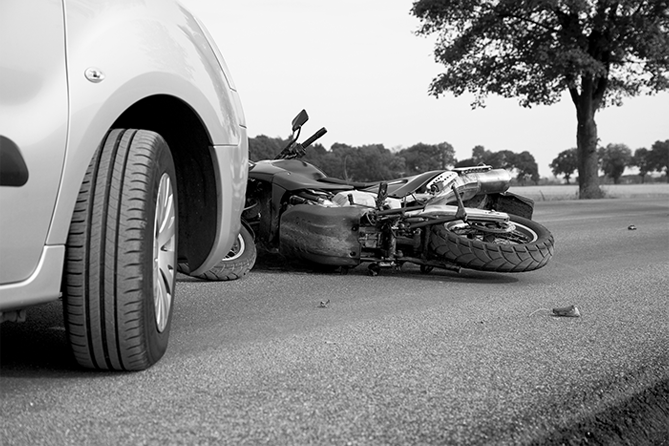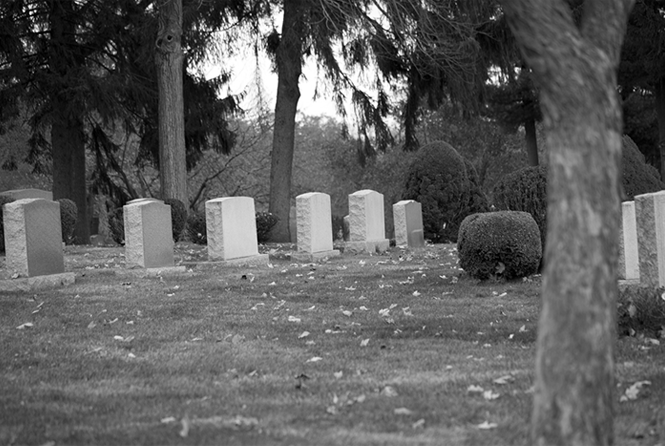Portland pedestrian accident lawyer Travis Mayor has years of experience protecting the rights of pedestrians injured by cars while walking the streets of Portland or surrounding communities. Issues such as insurance, right-of-way laws, establishing at-fault liability, and seeking fair and equitable compensation are only a few of the ways we can help if you have been injured in a pedestrian accident. When you hire Mayor Law, LLC, not only will you receive the highest quality representation, but you will also have an attorney who is accessible.
Travis is ready to learn about your injuries and provide insight into what your Oregon auto accident injury claim is worth.
Call today for your free and confidential case evaluation.
Challenges Facing Portland Pedestrians
More and more Oregonians are taking advantage of opportunities to walk, jog or run as a means of exercise, recreation, and transportation. This increased level of personal exercise creates a growing challenge for Portland and surrounding cities to integrate pedestrians into city traffic patterns.
In the U.S. there were more than 70,000 reported pedestrian injuries in 2011, which resulted in 4,432 fatalities. Unfortunately, Portland is not immune to this type of accident. In fact, Oregon experienced a 20% increase in the number of injuries and fatalities from pedestrian accidents in 2012, which makes pedestrian accidents more frequent and devastating than a motorcycle, bicycle, bus, and truck accidents in Portland.
Oregon has implemented exclusive pedestrian signal phases, sidewalks, overpasses, and underpasses, raised medians, and pedestrian-activated high-intensity crosswalk (HAWK) signals, in an effort to reduce pedestrian accidents and motor vehicle speeds. In a recent study, sponsored by AAA Foundation for Traffic Safety, it was concluded that the average risk of serious pedestrian injury was 10% at an impact speed of 17 mph, 50% at 33 mph, and 90% at 48 mph. Reducing vehicle speeds will allow motorists and pedestrians more time to react to accident causes and decrease the severity of an impact. If you are hit at 40 mph you have an 80% chance of death, but if you are hit at 30 mph you have an 80% chance of survival.
Because pedestrians are not protected with airbags or helmets their injuries are usually severe. Head and Traumatic Brain Injury (TBI) increases significantly with the age of the pedestrian, with an incidence rate of almost 24% in accidents where the pedestrian is over age 65. Serious spinal cord injuries (SCI) occur in 5% of the accidents, with the elderly 21 times more likely to suffer spinal trauma. All age groups suffered serious fractures with the most common injury being Tibia and Pelvic fractures.




















